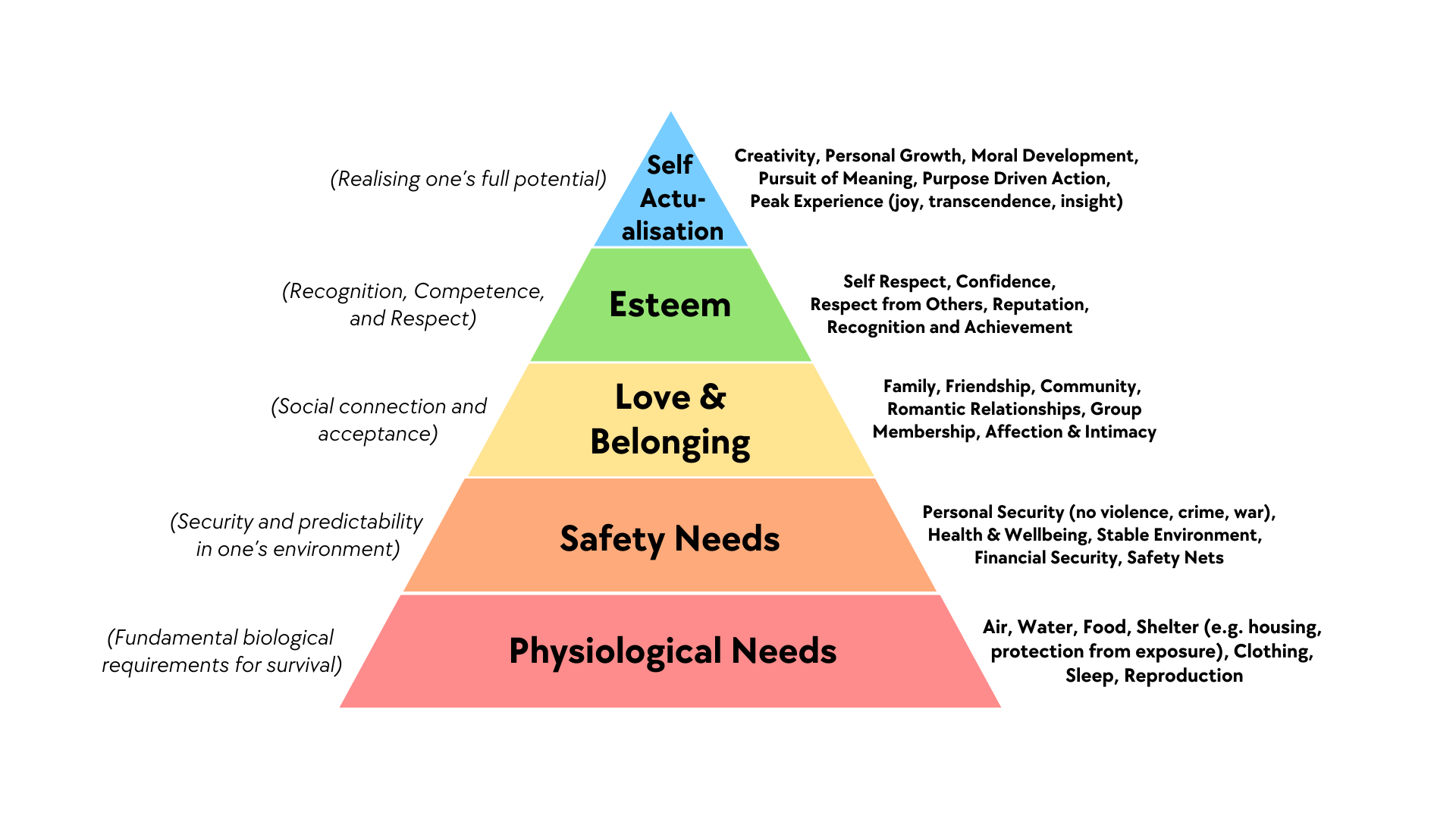
In today’s complex educational environment, schools cannot—and should not—go it alone. The needs of students extend far beyond the classroom, encompassing physical and mental health, food security, social-emotional development, career readiness, and family support. While educators play a vital role, the broader community holds untapped potential to help students thrive.
For school administrators, harnessing community partnerships is not just an enrichment opportunity—it’s a strategic imperative. When schools build authentic relationships with community organizations, families, and local businesses, they unlock new pathways to support student success, close opportunity gaps, and strengthen the fabric of the school community.
Here’s how administrators can build and sustain effective community partnerships that expand both support and opportunity for all students.
Why Community Partnerships Matter More Than Ever
Students come to school with diverse needs, and those needs have only grown in recent years. The COVID-19 pandemic, rising mental health concerns, economic hardship, and social unrest have all had profound impacts on student well-being and learning. No school can meet these challenges in isolation.
Community partnerships allow schools to:
-
Provide wraparound services (e.g., counseling, health care, food pantries, housing support)
-
Offer mentoring and enrichment (e.g., STEM clubs, arts programs, after-school tutoring)
-
Increase career exposure (e.g., internships, job shadowing, vocational training)
-
Support families (e.g., parenting workshops, immigration services, legal aid)
By bringing in outside expertise and resources, administrators can broaden what’s possible for students—particularly those from historically underserved communities.

Step 1: Start with a Needs Assessment
Effective partnerships begin with a clear understanding of what your students, families, and staff need most. Use data and stakeholder input to identify:
-
Which student groups are underperforming or under-resourced?
-
What barriers are families facing (e.g., transportation, health access, food insecurity)?
-
What supports are teachers asking for to better serve students?
-
Where are the gaps in extracurricular or enrichment opportunities?
This assessment ensures that partnerships are purpose-driven rather than opportunistic. Instead of asking, “Who’s available to help?” ask, “What do our students need—and who in our community can help meet those needs?”
Tip: Engage students and families directly in this process through surveys, focus groups, and listening sessions.
Step 2: Map and Cultivate Local Assets
Every community—rural, urban, or suburban—has assets. The key is identifying and engaging them intentionally. Consider reaching out to:
-
Nonprofits and social service agencies
-
Mental health providers and clinics
-
Faith-based organizations
-
Higher education institutions
-
Chambers of commerce and local businesses
-
Libraries, museums, and cultural centers
-
Police and fire departments (for safety programs and community education)
Start with existing relationships, then build outward. Tap into local knowledge—your school social worker, family liaison, or veteran teachers often know which organizations have been reliable and impactful.
Tip: Don’t overlook smaller grassroots organizations; they’re often deeply trusted in communities and can provide culturally responsive support.

Step 3: Define Roles, Expectations, and Shared Goals
To avoid misalignment or mission drift, clarify from the beginning:
-
What is the purpose of the partnership?
-
What roles will each partner play?
-
What outcomes will you measure together?
-
How will communication and coordination happen?
Successful partnerships are not transactional—they are relational and reciprocal. Schools provide access, context, and trusted relationships with students and families. Community partners bring expertise, services, and fresh perspectives.
Create written agreements (e.g., MOUs) when appropriate, but keep the focus on mutual benefit and student impact. Establish regular check-ins to maintain momentum and adapt to changing needs.

Step 4: Integrate Partners into the School Culture
One of the biggest mistakes schools make is keeping partners at the margins. True collaboration requires integration into the daily life and culture of the school. This might look like:
-
Inviting partners to staff meetings or professional development days
-
Providing space on campus for counseling or family support services
-
Including community reps on school improvement or advisory teams
-
Promoting partner events in school newsletters and on social media
When students and staff see community partners as a natural extension of the school team, trust and utilization increase.
Tip: Designate a partnership coordinator or liaison if possible. Even if part-time, this role helps maintain consistency, communication, and accountability.
Step 5: Celebrate and Share Success
Strong partnerships deserve recognition. Highlight successes regularly to build buy-in, morale, and community pride. You might:
-
Share stories in your school newsletter or local media
-
Invite partners to awards nights or student showcases
-
Include partner impact in your annual reports or school board presentations
Publicly celebrating collaboration not only strengthens relationships—it inspires others to get involved.

A Note on Equity
When done thoughtfully, community partnerships can be a powerful tool for equity. They help level the playing field by ensuring that all students—not just those with means or connections—have access to support, opportunity, and enrichment.
Administrators should be intentional about choosing partners who share this equity mindset and who are committed to culturally responsive, inclusive practices. Make sure all students and families feel welcomed and respected—not just served.
Together, We Go Further
In a time when schools are asked to do more with less, community partnerships are no longer optional—they are essential. For administrators, the job is not to have all the answers, but to bring the right people to the table.
By forging strong, mission-aligned partnerships, school leaders can create learning environments where every student has the resources and relationships they need to succeed—not just academically, but as whole, thriving individuals.
The old saying still rings true: It takes a village. And in our schools, that village begins with a leader who knows how to build bridges.
Learn about the ways Social Studies School Service can support your professional development
DISCOVER NOW
Monet Hendricks is the blog editor and meme connoisseur for Social Studies School Service. Passionate about the field of education, she earned her BA from the University of Southern California before deciding to go back to get her Master’s degree in Educational Psychology. She attended the graduate program at Azusa Pacific University pursuing her post-grad Educational Specialist degree in School Psychology and Applied Behavior Analysis and currently works as a School Psychologist in Los Angeles, CA. Her favorite activities include traveling, watching documentaries on mental health, and cooking adventurous vegetarian recipes.